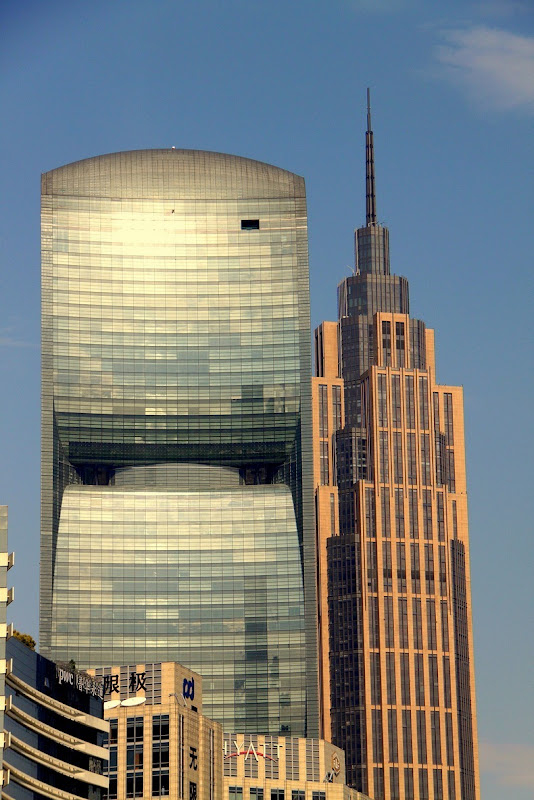Pearl River Tower: The Most Energy Efficient Skyscraper
While many buildings claim to being green by incorporating a single eco-friendly technology into their design, the Pearl River Tower in Guangzhou City, China, is one that architects call the most energy-efficient skyscrapers in the world. Designed by Chicago-based Skidmore, Owings & Merrill (SOM), the design team’s original goal was to construct a “net zero-energy” building that would sell its excess power to the local electrical grid. But SOM’s high dreams remained unattainable. The completed structure still consume energy, but nearly 60% less than a traditional building of similar size. Pearl River Tower’s reduced energy demand is achieved through its 309-meter high sculpted faces, which redirect wind to four openings at its mechanical floors. Here, the wind is drawn through the building’s body and into a series of turbines, which generate electricity for the offices within. In addition to driving turbines, the wind that is pulled in is also routed throughout the tower’s ventilation system. The building uses double wall with mechanized blinds on the northern and southern facades, and triply glazed facades on the eastern and western sides of the structure that keeps heat out, thereby reducing cooling requirements.

Photo credit
Large scale solar panels are installed on the building’s façade to generate energy from sunlight. Use of natural lighting is maximized via controls that respond to light and are integrated into a system of automated blinds. The blinds themselves are equipped with photovoltaic cells, so even when they are closed, the Sun’s energy is still being efficiently harvested.
The 71-storey building was completed in March 2011.

Photo credit

Photo credit

Photo credit

Photo credit

Photo credit

Photo credit

Photo credit
Sources: SOM, How it works daily

Photo credit
Large scale solar panels are installed on the building’s façade to generate energy from sunlight. Use of natural lighting is maximized via controls that respond to light and are integrated into a system of automated blinds. The blinds themselves are equipped with photovoltaic cells, so even when they are closed, the Sun’s energy is still being efficiently harvested.
The 71-storey building was completed in March 2011.

Photo credit

Photo credit

Photo credit

Photo credit

Photo credit

Photo credit

Photo credit
Sources: SOM, How it works daily